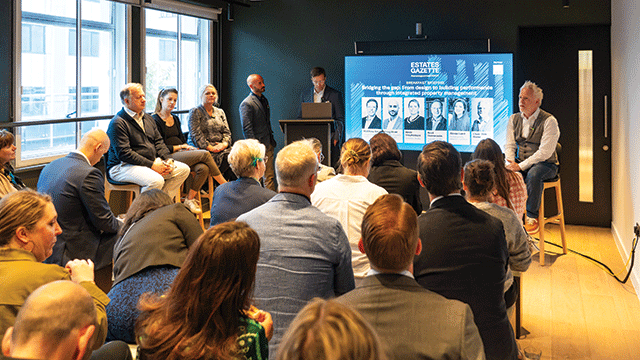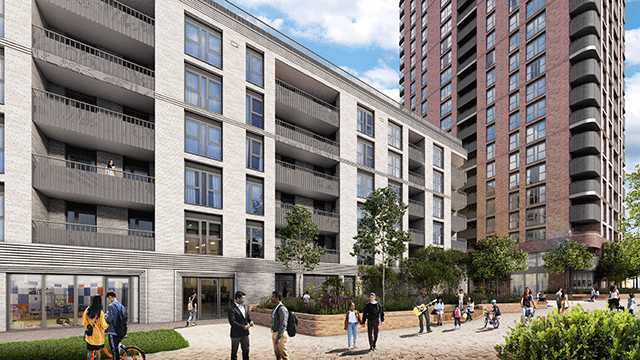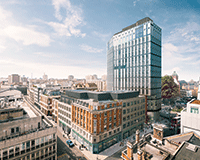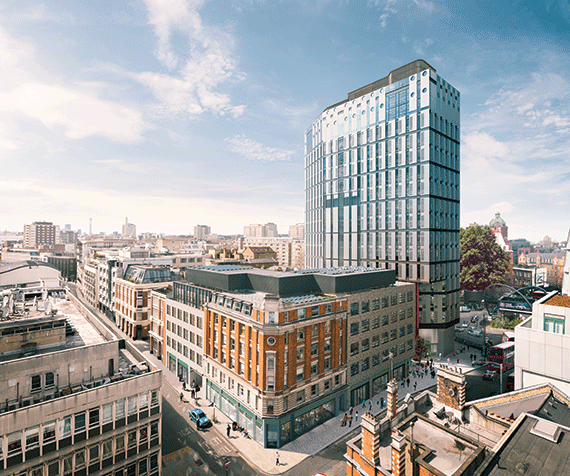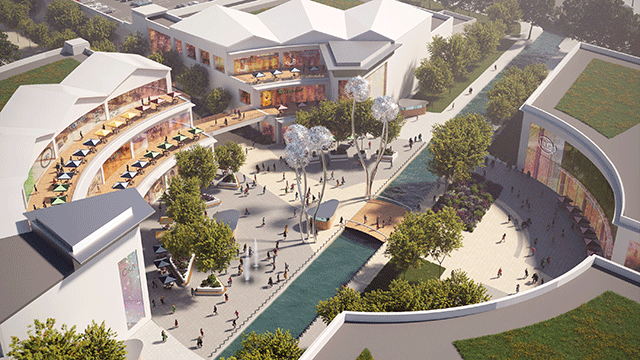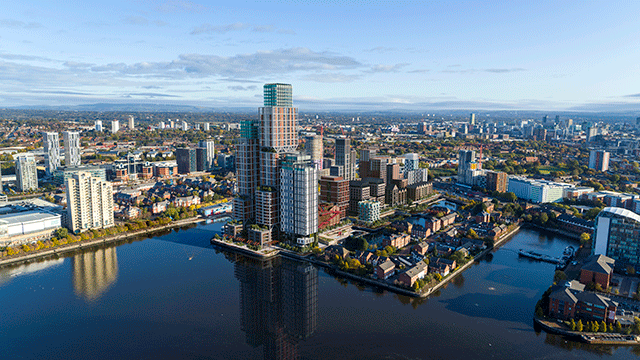The king of successful fringe developers, Derwent London is long-standing proof that impressive returns can be found beyond the capital’s core
No one knows creative development like Derwent London. And in a city increasingly populated by start-ups and entrepreneurs looking to disrupt the property sector, that’s no mean feat.
Even the freshest, most innovative pretenders to its throne still view the 31-year-old developer as the one to follow rather than the one to overthrow. This could have something to do with the fact that with a 5.7m sq ft portfolio worth £3.7bn the group is, so far, pretty untouchable.
But it is not all about the money. Or even the square footage. It is the style of development, the Derwent brand, that has resulted in such a loyal following across the country. Through the development of properties including The Tea Building, E1, The Buckley Building and the Turnmill, both EC1 – which have collectively attracted major tenants including Shoreditch House and Unilever – the company has proven just how lucrative developing in the capital’s riskier fringe areas can be.
The trick has been to stay so far ahead of the pack that everyone else is running to catch up: “We have always been attracted to buildings with an industrial history,” says director Simon Silver. “And we have always been able to recognise potential very early on. We bought the Tea Building in 2000. Today it looks like an obvious choice. But back then it really wasn’t.”
“We like the light and space you can find in industrial buildings,” adds chief executive John Burns. “And as a result of that preference we have created the Derwent brand. Something that distinguishes our buildings from other offices.”
Of course the gamble – though one gets the impression that Silver and Burns had enough faith even back then not to ever really see it as one – has paid off. First came the creatives – drawn to the large floorplates and high ceilings of east London’s warehouse style buildings over the last decade – and now there are hints of the corporates starting to follow suit [see interview overleaf for more].
But while even the banks and lawyers might be exploring a world beyond the City and Midtown, the Derwent duo takes a refreshingly balanced view on the much-reported migration of the whole world and his wife out of London’s core to the edgier City borders: “People are certainly more prepared to move,” says Burns. “And there are more occupiers who want something edgy which you don’t get in central London.”
“Having said that, we don’t really expect to see everyone suddenly moving out on a big scale,” says Silver. “There are still people, companies, occupiers for whom the priority is to get into the core. And not just traditional companies. Look at Coca Cola moving to Wimpole Street. Not everyone wants to head further out.”
This goes some way to explaining the company’s growing focus on other parts of the city. And the result has been the creation of a whole new area of London once dismissed as a real estate risk, but now viewed as a sure bet for high returns. Derwent London now owns 1.25m sq ft of space in Fitzrovia.
Next on the agenda will be more attention out to the west – “no further than Hammersmith,” says Burns. “That’s where we draw the line”, and north up towards Dalston.
As to whether the group will venture from its stomping ground north of the river, something the team has staunchly avoided for years, a proposed 80,000 sq ft office development on Blackfriars Road – a whisker south of the Thames – suggests it could be in the offing. “We did miss a trick not going south sooner,” concedes Burns.
This may be the case. But it doesn’t seem to have done them much harm so far.




